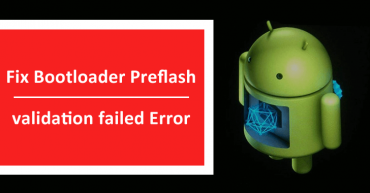
IBM Squeezes Record 330TB Data In A Tiny Tape
The cassettes are far from disappearing completely, although it is difficult to believe. Although the new technologies ended up using these supports as we knew them, this current collector piece is still very useful for some companies. For some years, IBM and Sony have continued to improve tapes, which are used as an inexpensive way to store large amounts of data in a small space.
However, recently, IBM has achieved a new record by announcing a new magnetic tape capable of storing 330 terabytes of uncompressed data.
The tape, developed in collaboration with Sony Storage Media Solutions, may be the most economical way to store large amounts of data and can be an alternative to the hard drive.
The large capacity of the cassette can make it difficult to manufacture, but “the potential of very high capacity will make the cost per terabyte very attractive,” IBM said in a statement.
This Teenager Hacked 4G LTE Network And Is Using Free Internet
To achieve this, IBM and Sony engineers had to create a new magnetic tape with 201 gigabits per square inch. This number is 20 times greater than the density of the previous tapes. In addition, more information can be stored in the same space thanks to a layer of nanocrystals that use memory spaces of 7 nanometers.
The golden age for cassettes has already passed a few years ago, although IBM and Sony continue to focus their efforts on avoiding its definitive end. It is very unlikely that we will be able to listen to music again through a tape. While the devices have already become a collector’s piece, cassettes went from 2 megabytes in the 1960s to 330 terabytes of storage in 2017.
So, if you liked this article then simply do not forget to share this article with your friends and family.



Hello! Quick question that’s entirely off topic. Do you know how to make your site mobile
friendly? My web site looks weird when viewing from my apple iphone.
I’m trying to find a template or plugin that might be able to resolve this problem.
If you have any recommendations, please share. Thank you!
Contact us through email which you can find from the About section of our website.